The Saddlery is a listed south London home that nods to its past and looks to the future
The Saddlery by Studio Octopi is a project adding a playful green rear extension to a Grade II-listed cottage in south London
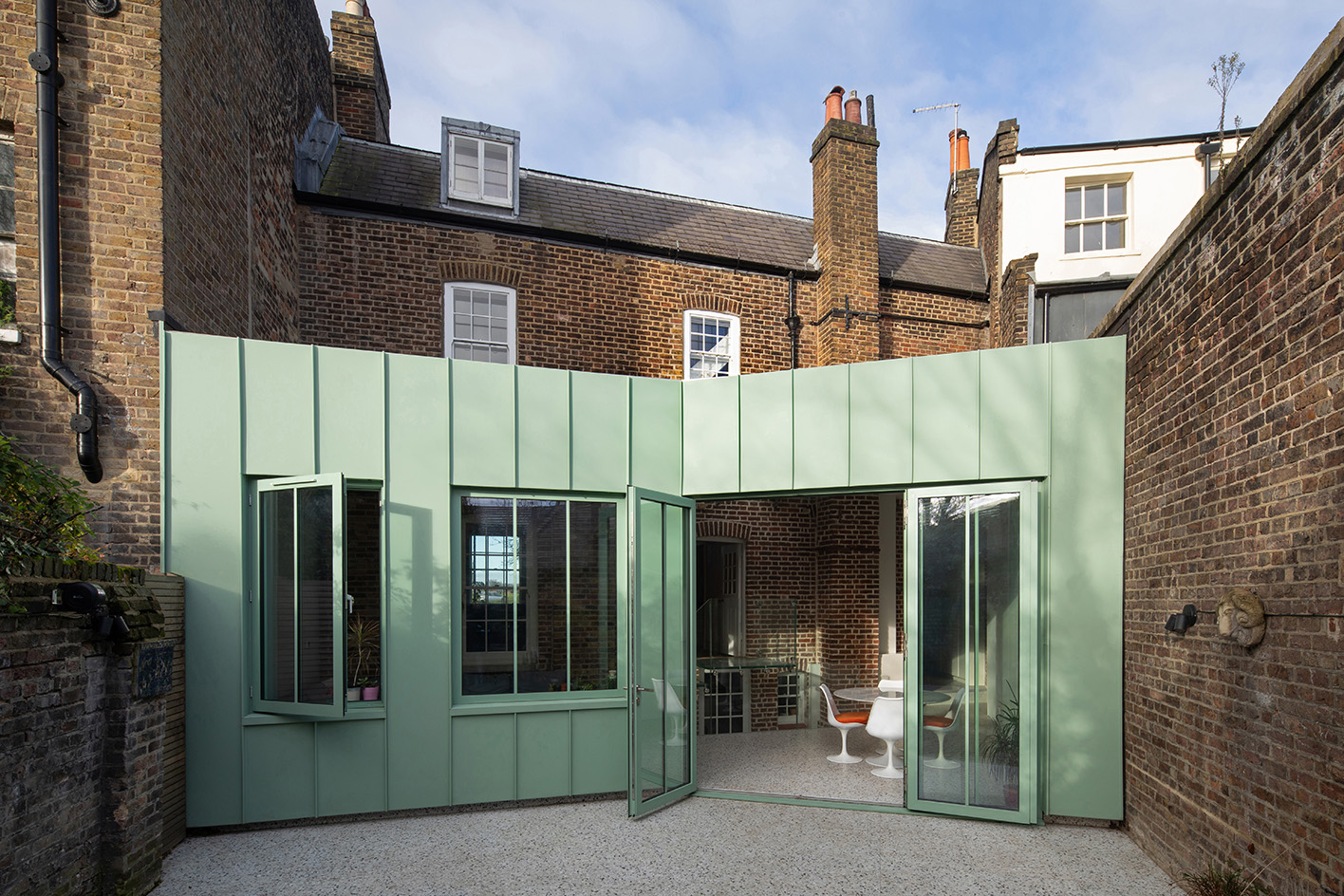
The Saddlery is a project enriching a Grade II-listed late Georgian house in Blackheath Village in south London. Architecture practice Studio Octopi was called upon to create a single-storey, full-width rear extension to a family home – a seemingly simple brief to which the architects responded with flair and imagination, crafting a green, metal-clad volume at the property's garden side. At the same time, they composed a dramatic, gallery-like interior behind it, revealing both contemporary elements and the historic home's period textures.
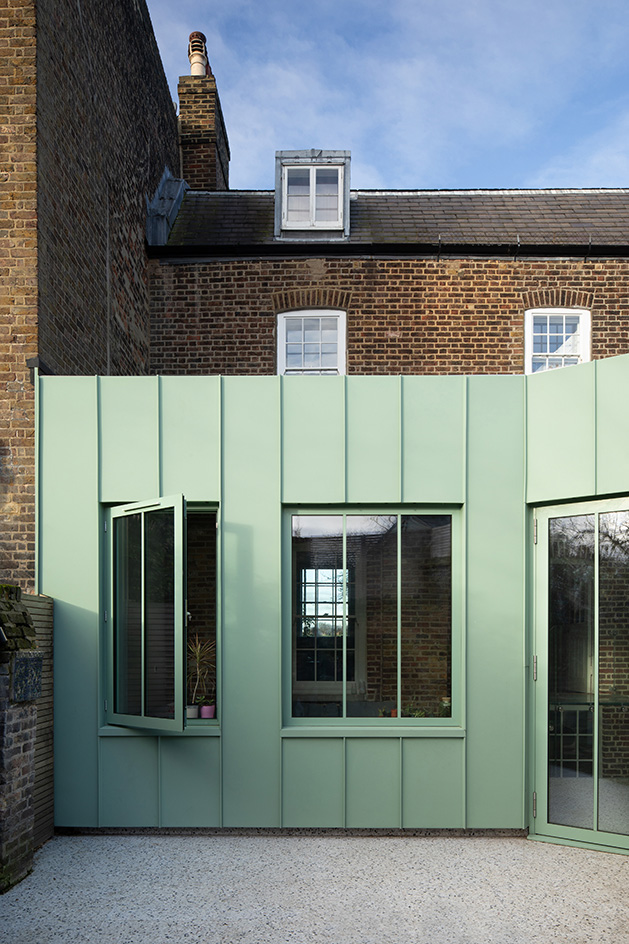
The Saddlery: bridging old and new
Initially built in 1808 and enviably facing the green expanses of Blackheath, the original house was of modest – yet balanced – proportions and, occupied at some point by a master farrier, had become known as the ‘saddlery’ since the 1840s.
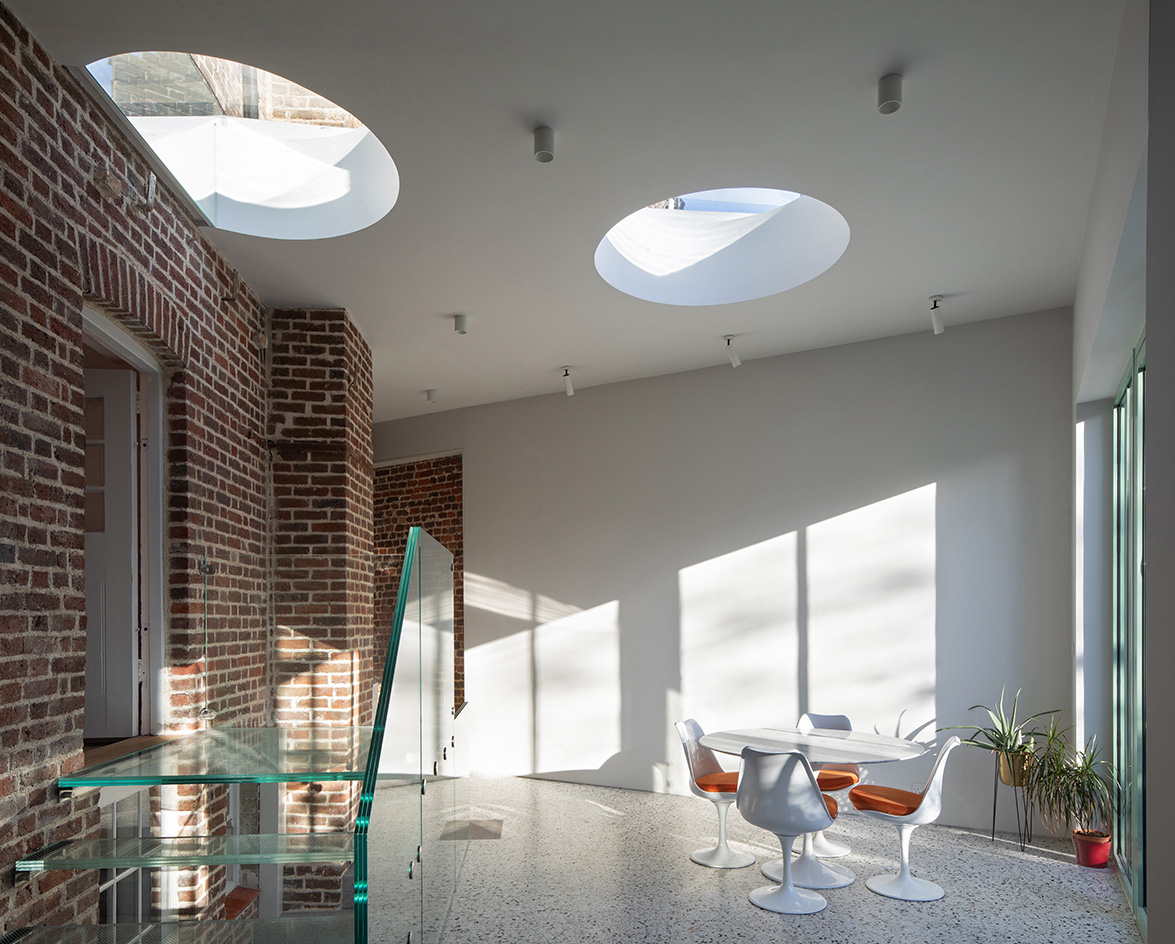
It was at that time that an alleyway next to the residence was infilled to add to its size, taking it from a three-bay to an asymmetrical four-bay house. In the years to come, the property underwent further changes, including damage caused during the Blitz and alterations to its doors and structural buttresses.
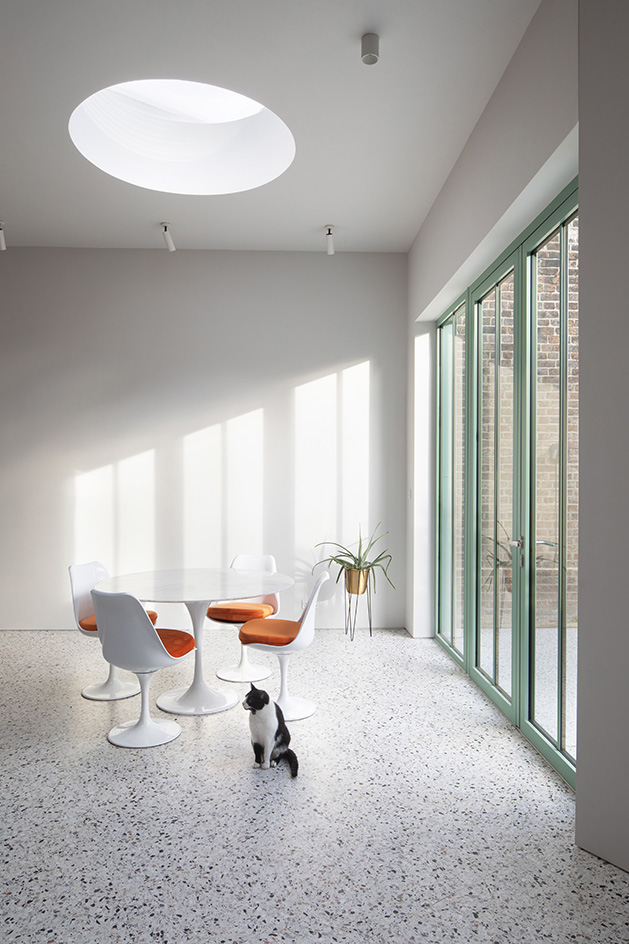
Inheriting the home, the current client approached Studio Octopi with a commission for extra space for entertaining – a flagship room that would become both a showpiece and the living, beating heart of the home for receiving guests and family.
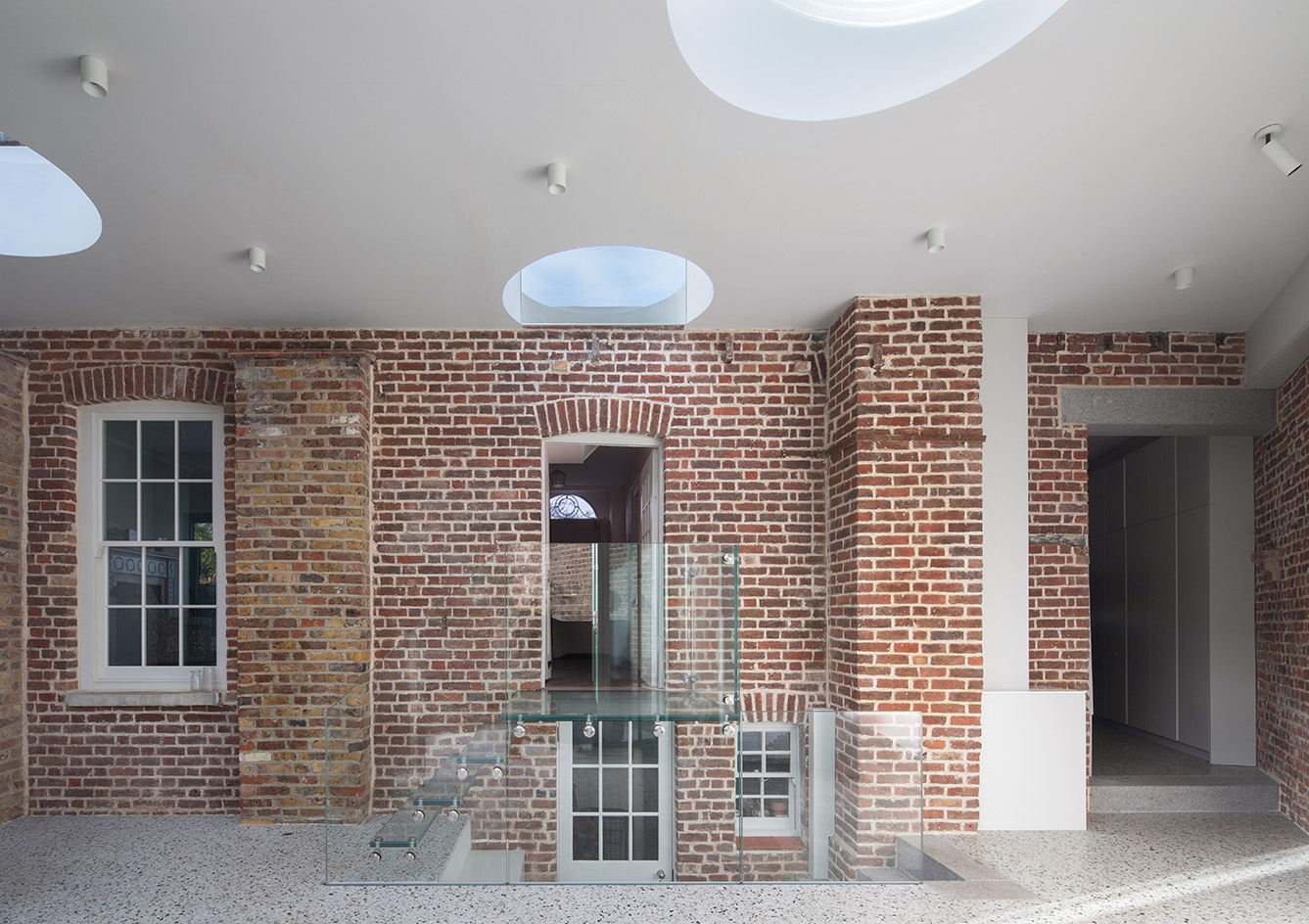
While the architects' brief was to focus on the new elements only, it was important to address the structure as a whole in their solution and volume composition. 'There are no alterations to the basement, raised ground or upper floors. Critical to the design solution was the need to rationalise the levels, restore the rear elevation and make sense of the four doors from the house into the garden,' the team write.
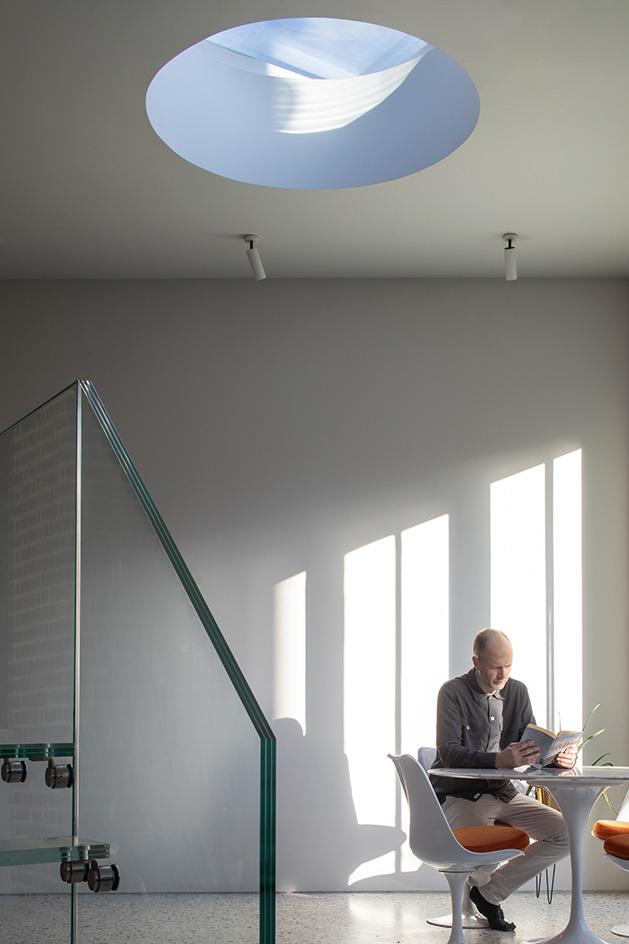
Working with heritage and planning constraints to sculpt their volume, the architects added a smart, green steel cladding, 'chosen as a counterpoint to the red brick of the original house'. This also now provides a secondary entrance to the house.
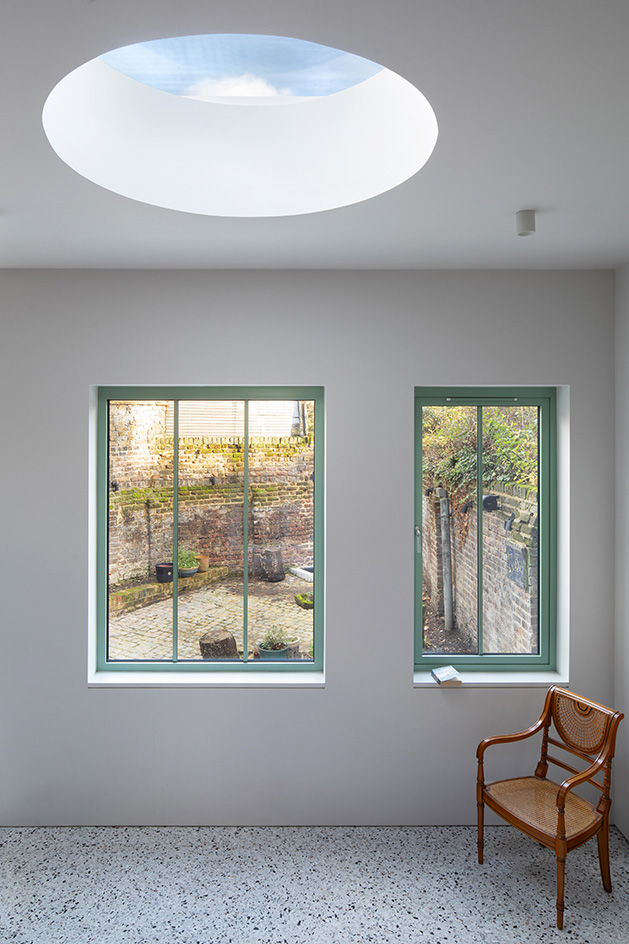
Inside, a glass staircase connects the extension with the existing, raised ground floor level. Round, feature openings on the ceiling help bathe the interior in natural light, at the same time adding drama to the space.
Receive our daily digest of inspiration, escapism and design stories from around the world direct to your inbox.
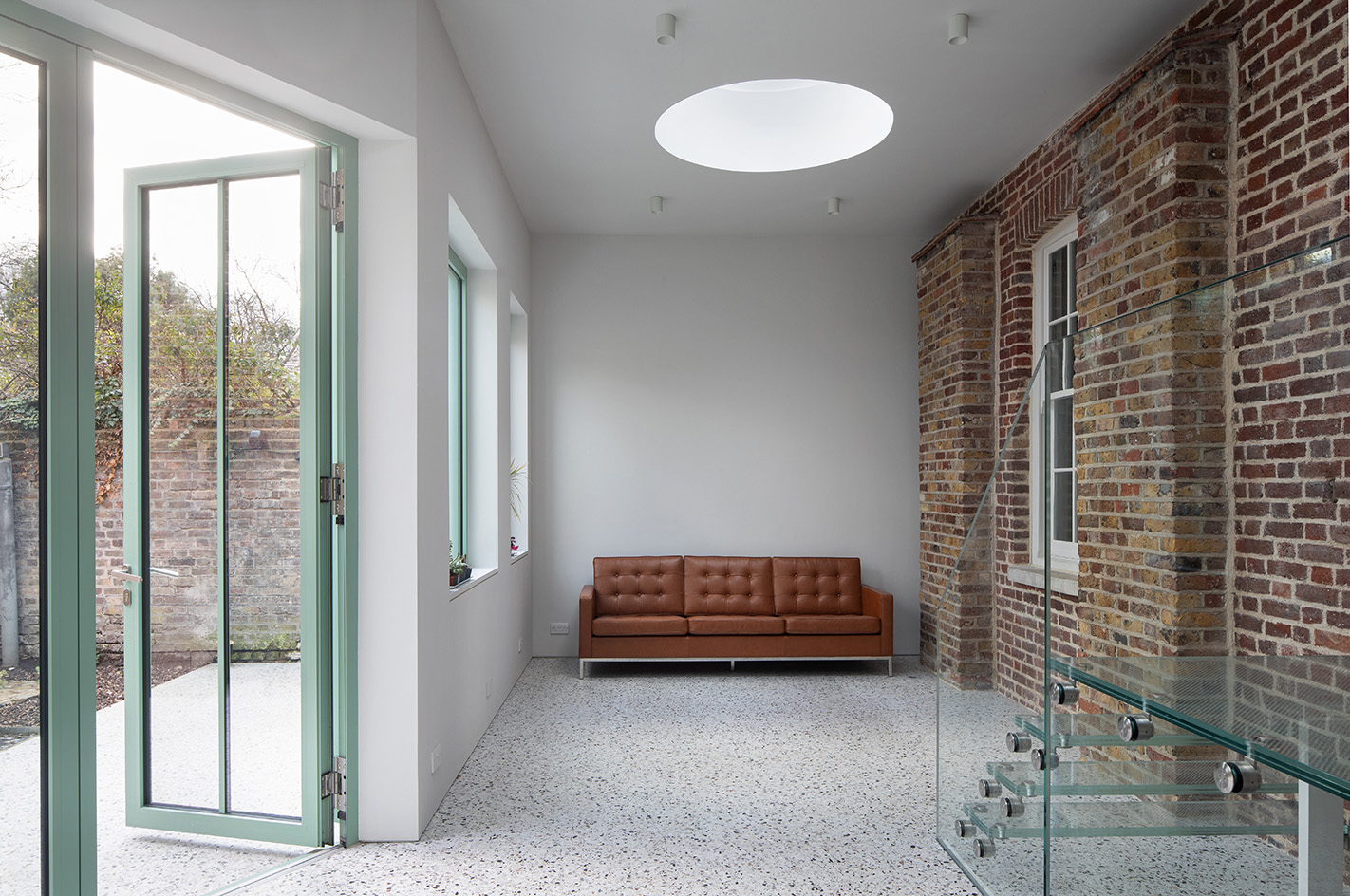
Modern materiality is also expressed through the granite step and load-bearing granite lintels on the extension's enlarged openings.
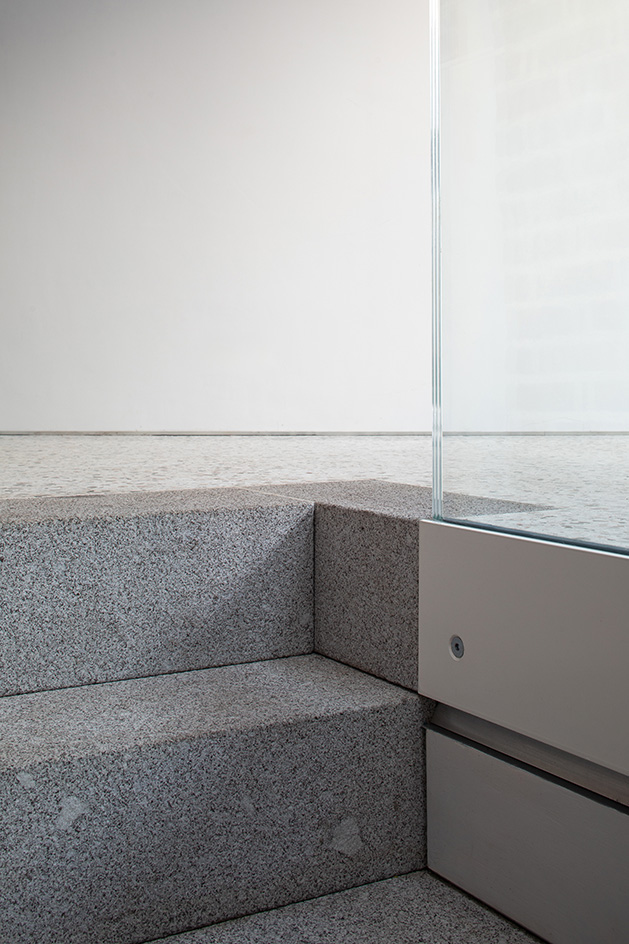
Ellie Stathaki is the Architecture & Environment Director at Wallpaper*. She trained as an architect at the Aristotle University of Thessaloniki in Greece and studied architectural history at the Bartlett in London. Now an established journalist, she has been a member of the Wallpaper* team since 2006, visiting buildings across the globe and interviewing leading architects such as Tadao Ando and Rem Koolhaas. Ellie has also taken part in judging panels, moderated events, curated shows and contributed in books, such as The Contemporary House (Thames & Hudson, 2018), Glenn Sestig Architecture Diary (2020) and House London (2022).
-
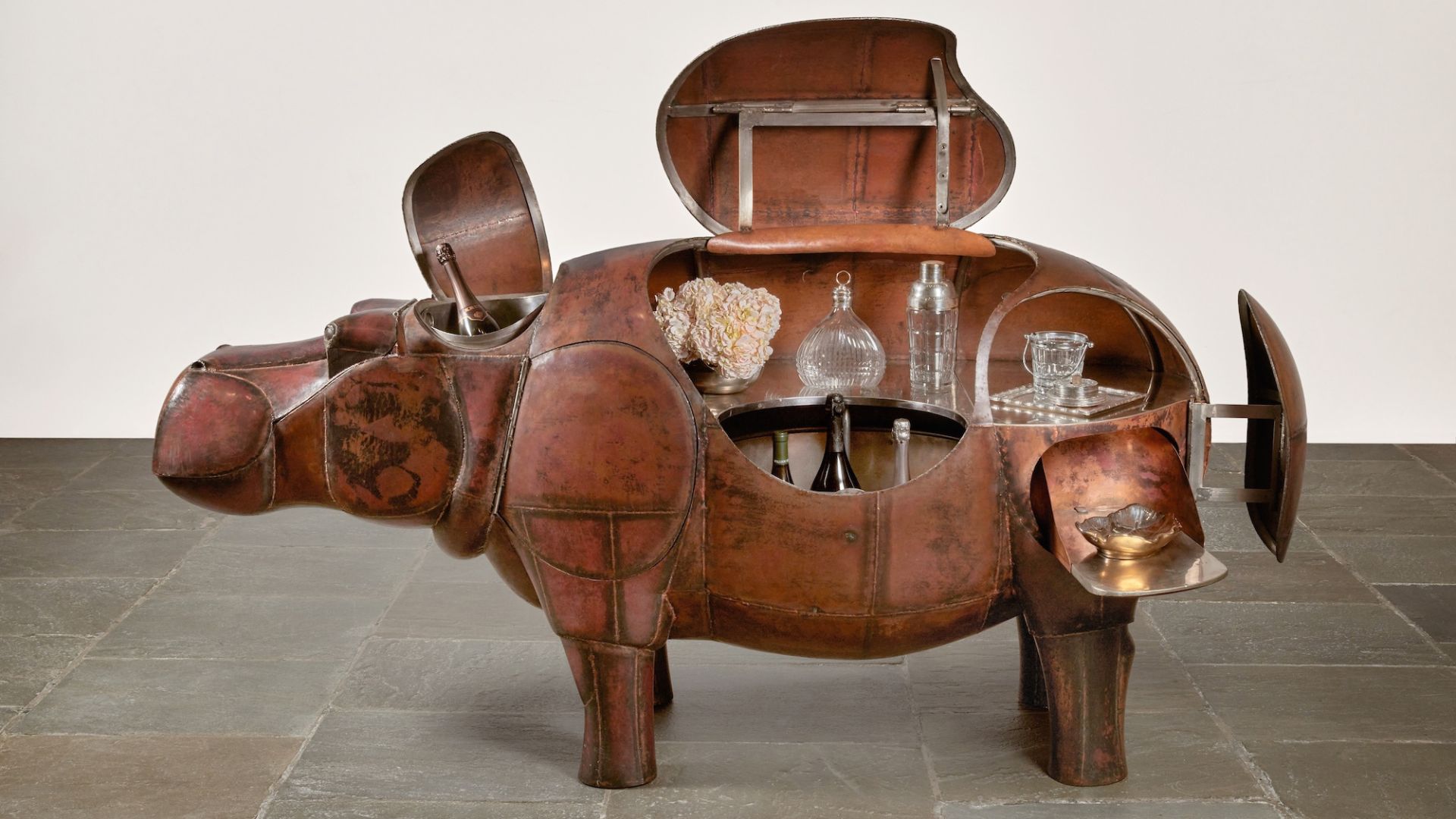 At $31.4 million, this Lalanne hippo just smashed another world auction record at Sotheby’s
At $31.4 million, this Lalanne hippo just smashed another world auction record at Sotheby’sThe jaw-dropping price marked the highest-ever for a work by François-Xavier Lalanne – and for a work of design generally
-
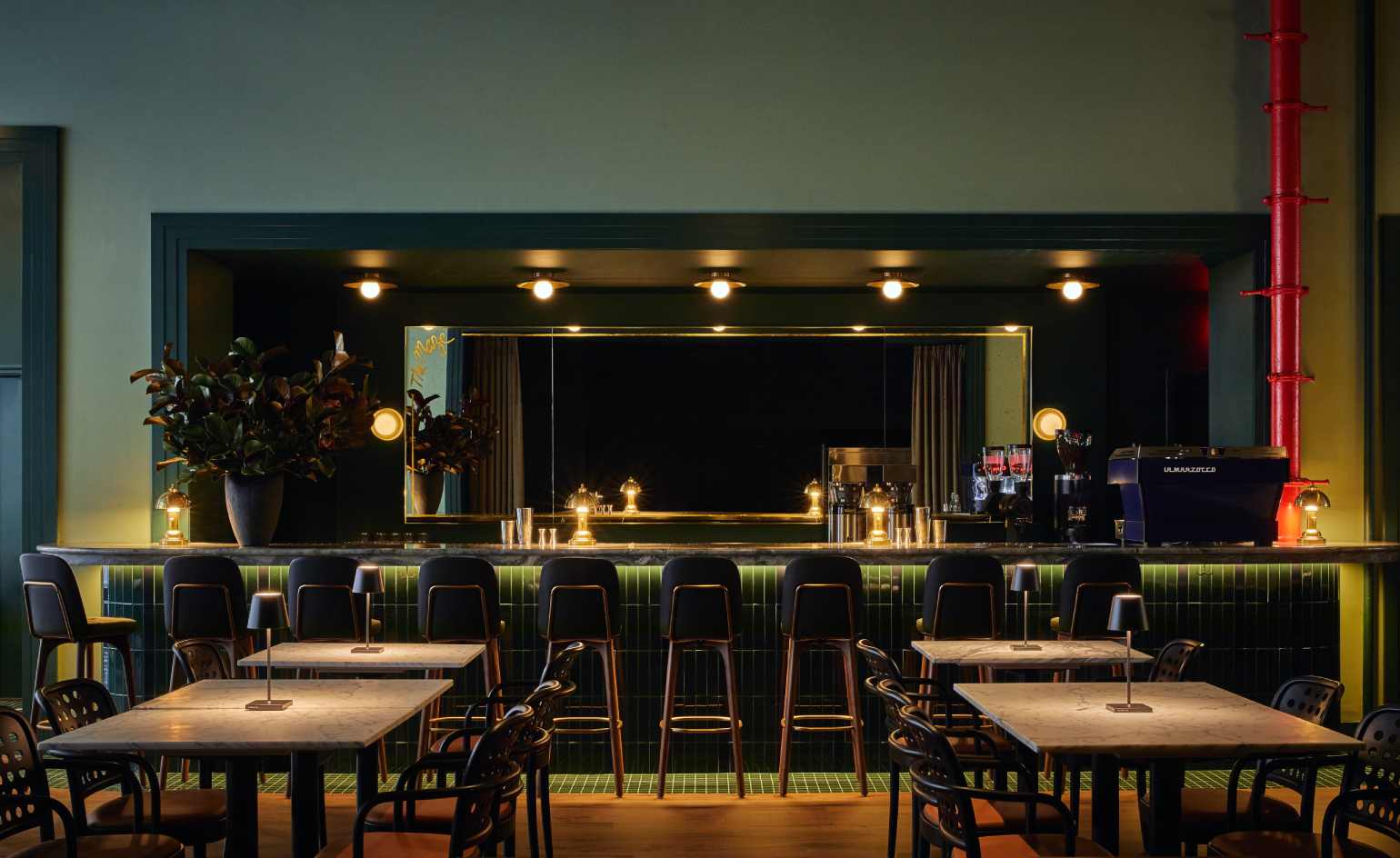 NYC’s first alcohol-free members’ club is full of spirit
NYC’s first alcohol-free members’ club is full of spiritThe Maze NYC is a design-led social hub in Flatiron, redefining how the city gathers with an alcohol-free, community-driven ethos
-
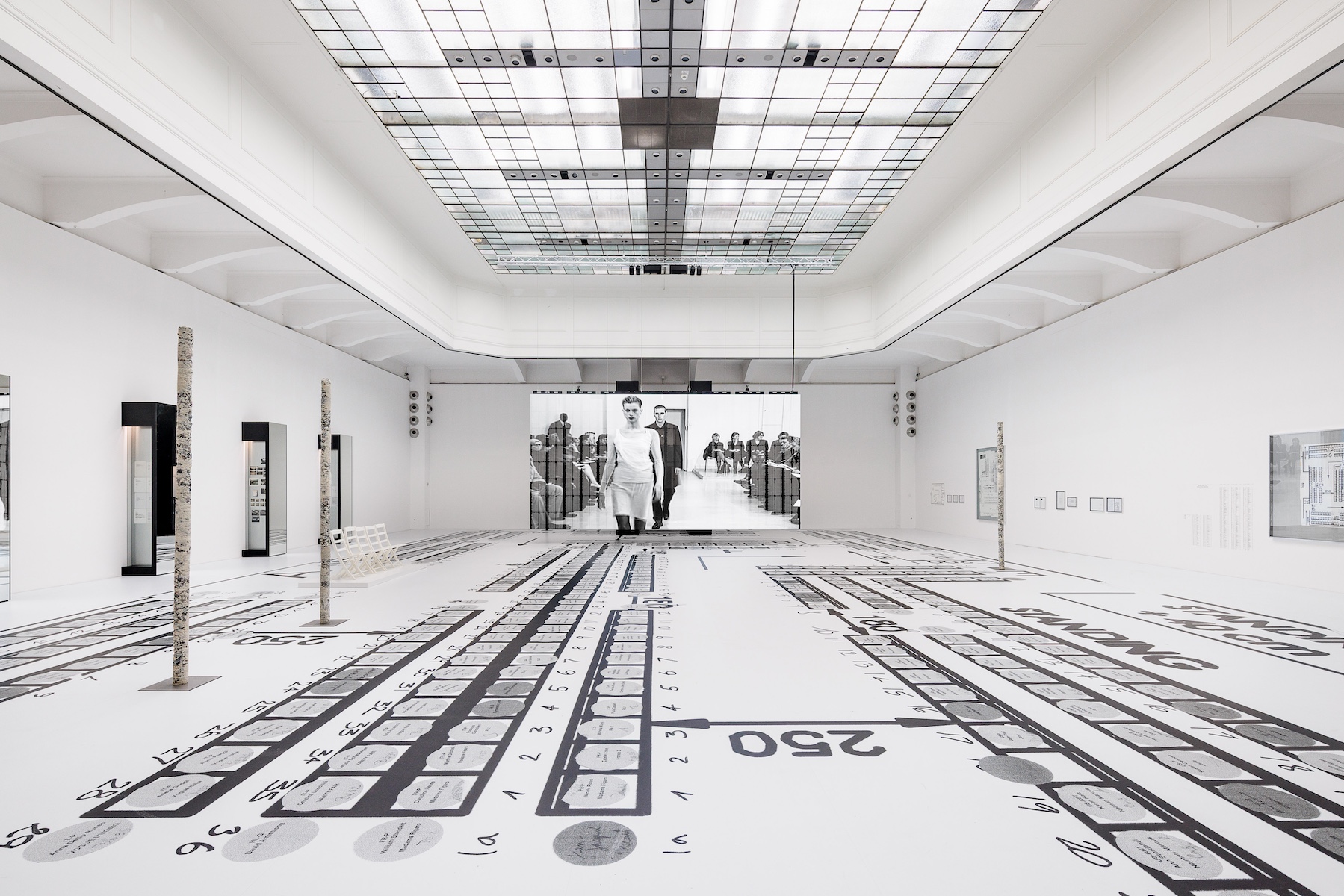 Inside Helmut Lang’s fashion archive in Vienna, which still defines how we dress today
Inside Helmut Lang’s fashion archive in Vienna, which still defines how we dress todayNew exhibition ‘Séance de Travail 1986-2005’ at MAK in Vienna puts Helmut Lang’s extraordinary fashion archive on view for the first time, capturing the Austrian designer-turned-artist’s enduring legacy
-
 RIBA House of the Year 2025 is a ‘rare mixture of sensitivity and boldness’
RIBA House of the Year 2025 is a ‘rare mixture of sensitivity and boldness’Topping the list of seven shortlisted homes, Izat Arundell’s Hebridean self-build – named Caochan na Creige – is announced as the RIBA House of the Year 2025
-
 In addition to brutalist buildings, Alison Smithson designed some of the most creative Christmas cards we've seen
In addition to brutalist buildings, Alison Smithson designed some of the most creative Christmas cards we've seenThe architect’s collection of season’s greetings is on show at the Roca London Gallery, just in time for the holidays
-
 In South Wales, a remote coastal farmhouse flaunts its modern revamp, primed for hosting
In South Wales, a remote coastal farmhouse flaunts its modern revamp, primed for hostingA farmhouse perched on the Gower Peninsula, Delfyd Farm reveals its ground-floor refresh by architecture studio Rural Office, which created a cosy home with breathtaking views
-
 A revived public space in Aberdeen is named Scotland’s building of the year
A revived public space in Aberdeen is named Scotland’s building of the yearAberdeen's Union Terrace Gardens by Stallan-Brand Architecture + Design and LDA Design wins the 2025 Andrew Doolan Best Building in Scotland Award
-
 The Architecture Edit: Wallpaper’s houses of the month
The Architecture Edit: Wallpaper’s houses of the monthFrom wineries-turned-music studios to fire-resistant holiday homes, these are the properties that have most impressed the Wallpaper* editors this month
-
 A refreshed 1950s apartment in East London allows for moments of discovery
A refreshed 1950s apartment in East London allows for moments of discoveryWith this 1950s apartment redesign, London-based architects Studio Naama wanted to create a residence which reflects the fun and individual nature of the clients
-
 In this Cotswolds home, drama meets minimalism
In this Cotswolds home, drama meets minimalismCotswolds home Hiaven house, with interiors designed by McLaren Excell, is a perfect blend of contemporary chic and calm, countryside drama
-
 David Kohn’s first book, ‘Stages’, is unpredictable, experimental and informative
David Kohn’s first book, ‘Stages’, is unpredictable, experimental and informativeThe first book on David Kohn Architects focuses on the work of the award-winning London-based practice; ‘Stages’ is an innovative monograph in 12 parts